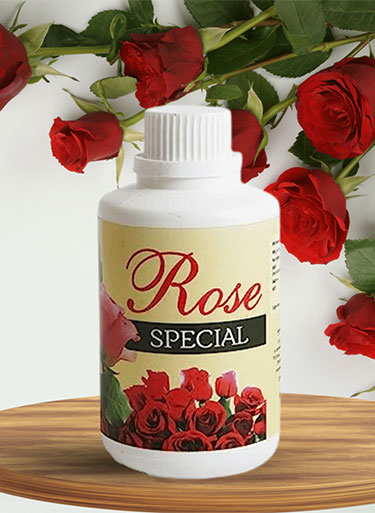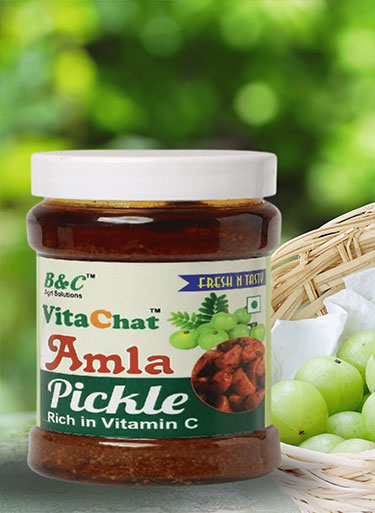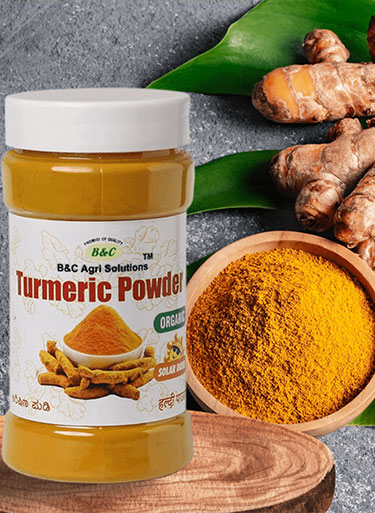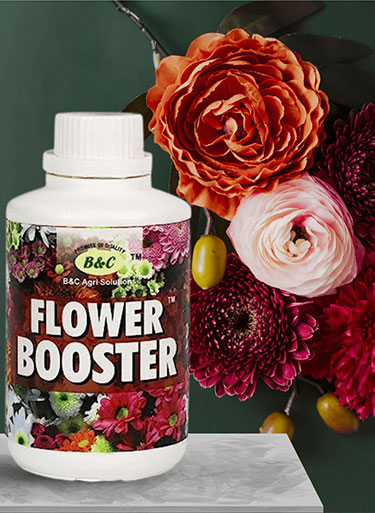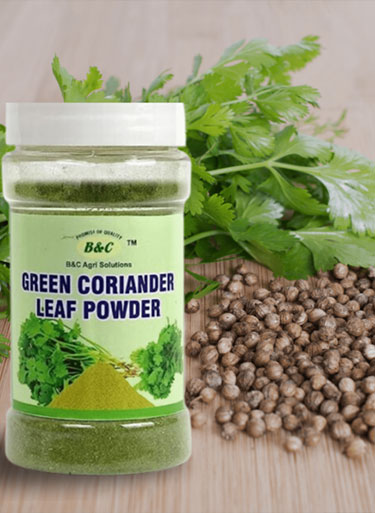As parents, ensuring our children get the right nutrition can often feel like a daily challenge. With rising consumption of packaged snacks, sugary drinks, and fast food, many kids in India miss out on essential nutrients needed for their overall growth. This is where natural powders—made from whole foods, herbs, vegetables, and spices—offer a simple, effective way to boost a child’s daily nutrition.
Brands like Vitachat have made it easier for parents to choose safe, clean, chemical-free natural powders that support immunity, digestion, and overall development.
Why Natural Powders Are Healthy for Kids
1. Easy Way to Add Daily Nutrition
Children often resist eating vegetables, herbs, or immunity-boosting foods. Natural powders offer a practical solution because they can be mixed into:
- Milk
- Smoothies
- Rotis and parathas
- Dosa batter
- Soups and dal
This ensures kids get nutrient-dense foods without complaints.
2. Boost Immunity Naturally
With Indian kids exposed to pollution, seasonal infections, waterborne diseases, and school germs, immunity support is essential.
Natural powders like:
- Turmeric powder
- Ginger powder
- Moringa (drumstick leaf) powder
are rich in antioxidants and anti-inflammatory compounds. They help strengthen the immune system and reduce frequent coughs, colds, and infections.
3. Supports Brain Development
Superfood powders such as almond powder, flaxseed powder, and moringa powder provide:
- Omega-3 fatty acids
- Vitamins A, E, and B-complex
- Essential minerals like iron and magnesium
These nutrients play an important role in memory, concentration, and cognitive development—especially for school-going children.
4. Helps Improve Digestion
Kids often face digestion issues due to irregular eating habits, junk food, or lack of fibre. Natural powders like ginger, cumin, and fennel help:
- Improve gut functioning
- Reduce bloating
- Support proper digestion
- Strengthen appetite
A healthy digestive system ensures better nutrient absorption and sustained energy levels.
5. Great for Growth and Bone Strength
Many Indian children show signs of vitamin deficiencies, especially calcium, iron, and vitamin D. Powders like:
- Sesame powder
- Moringa powder
- Dry ginger powder
provide natural sources of minerals that support bone development, muscle strength, and overall growth.
6. 100% Natural and Chemical-Free
Unlike flavoured health drinks loaded with sugar and preservatives, natural powders from brands like Vitachat are:
- Free from artificial colours
- Free from added sugar
- Non-GMO
- Made from pure ingredients
This makes them safer and healthier for growing kids.
How to Add Natural Powders to Your Child’s Diet
Here are easy everyday ideas:
- Add moringa or ginger powder to idli/dosa batter
- Mix almond or flaxseed powder into milk or smoothies
- Add turmeric or cumin powder to soups and dal
- Mix sesame powder with jaggeryfor a healthy snack
- Add small quantities of moringa powder to parathas or rotis
Start with ¼ teaspoon, then gradually increase based on your child’s tolerance.
Natural powders are one of the easiest ways to improve your child’s nutrition without forcing dietary changes. With clean, pure products from Vitachat, parents can confidently support their kids’ immunity, digestion, and overall growth—naturally and safely.



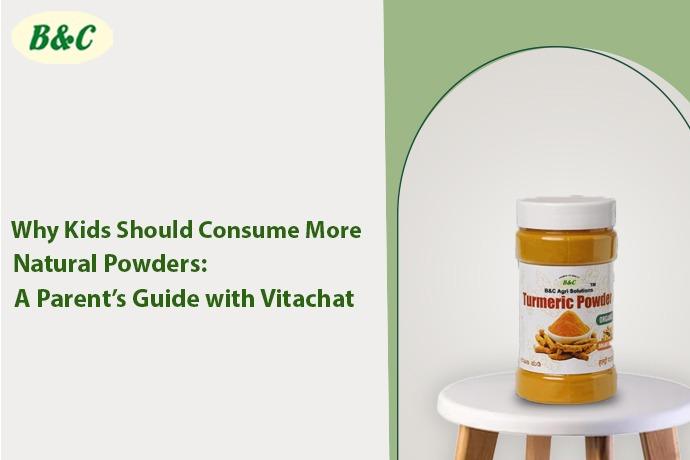



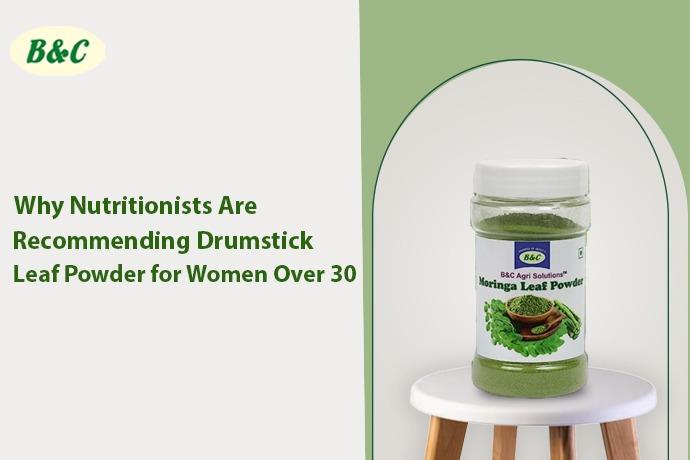

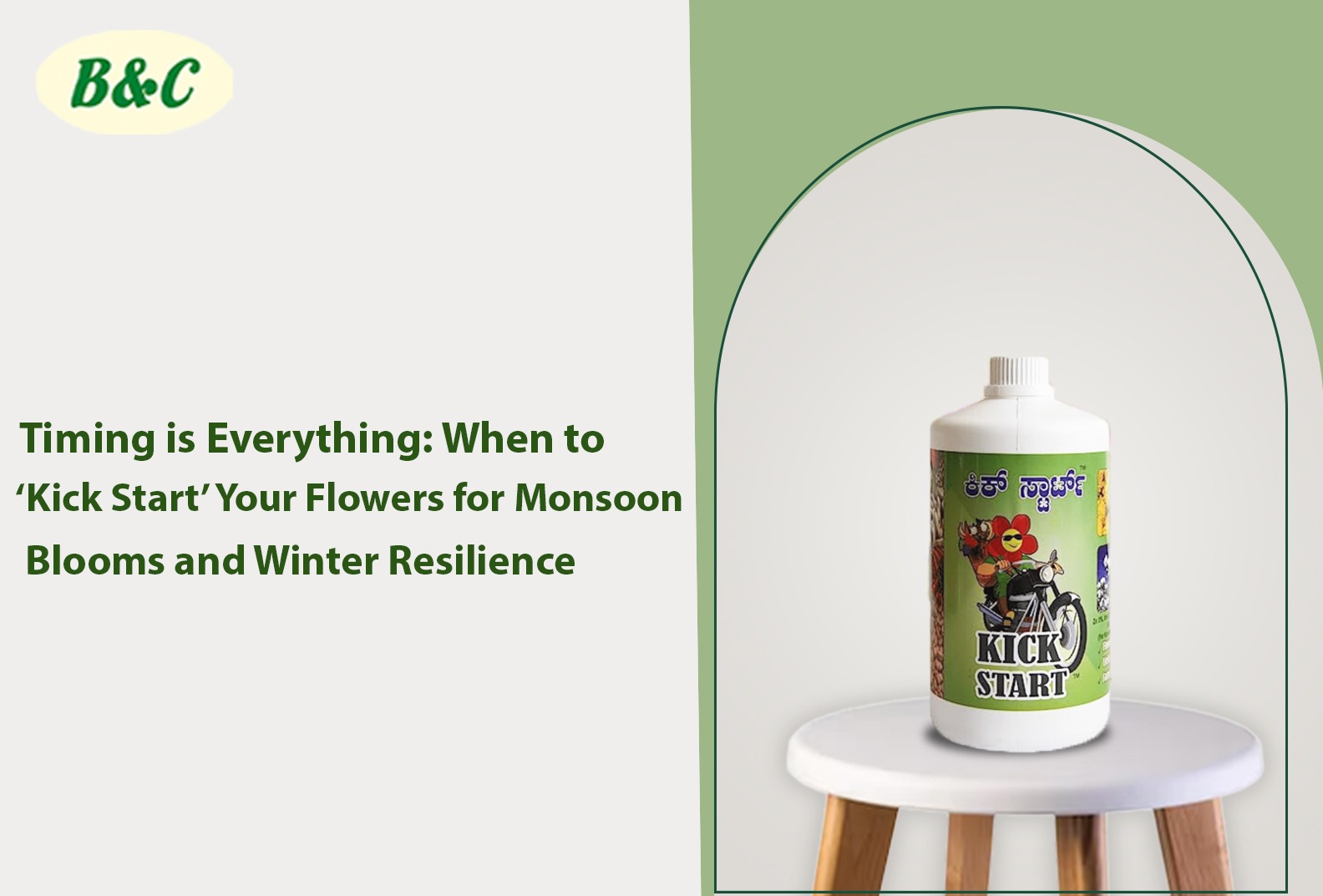
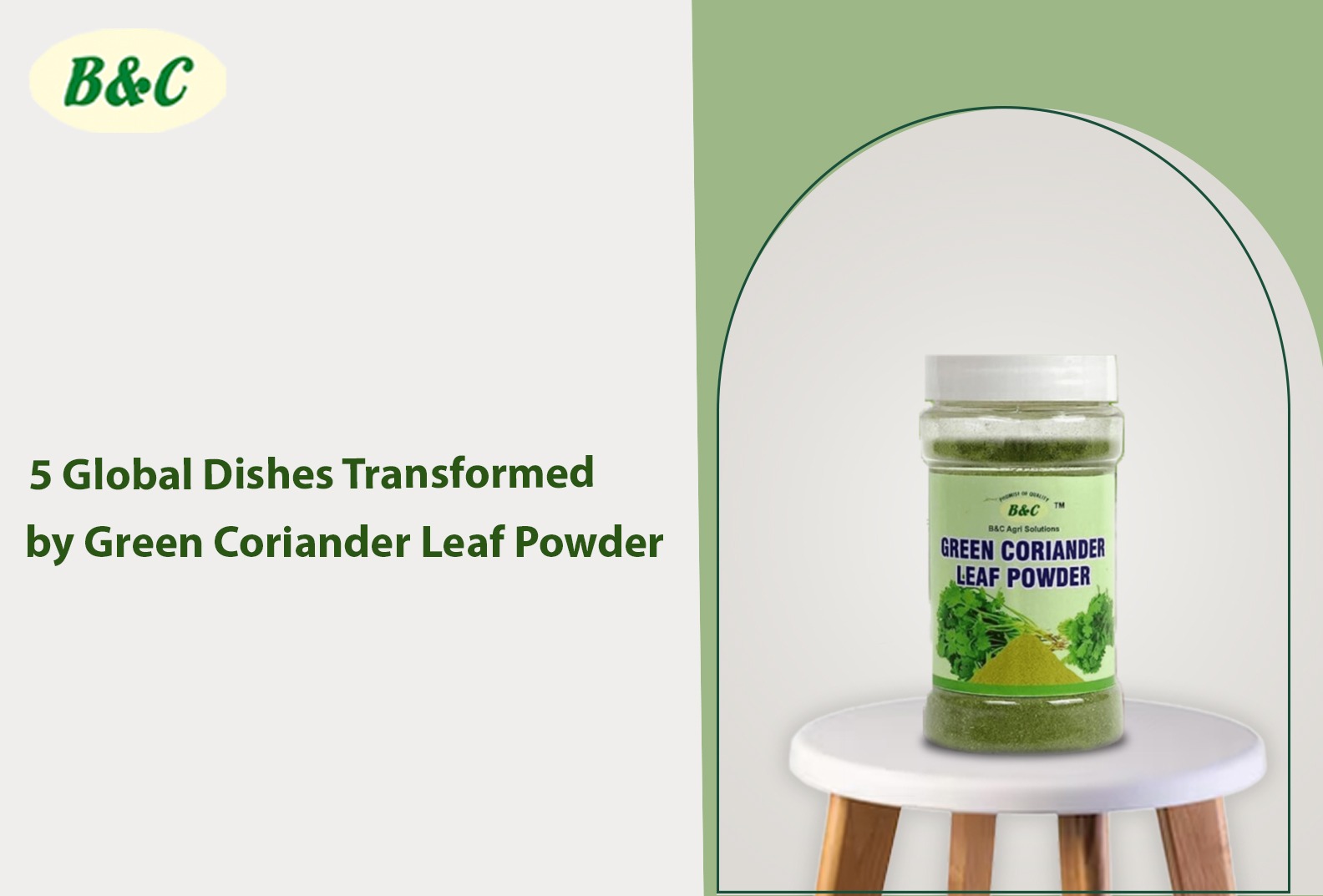
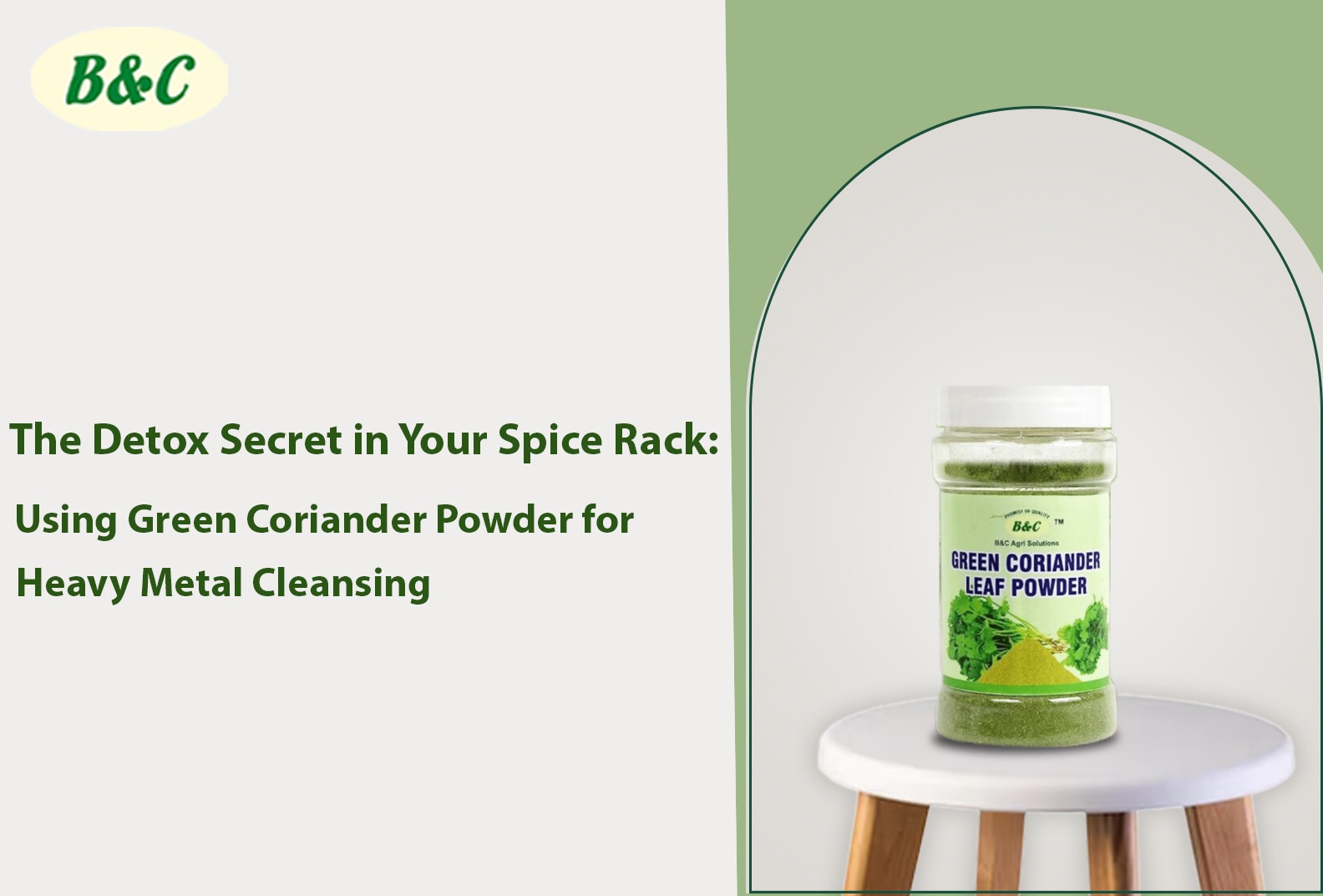
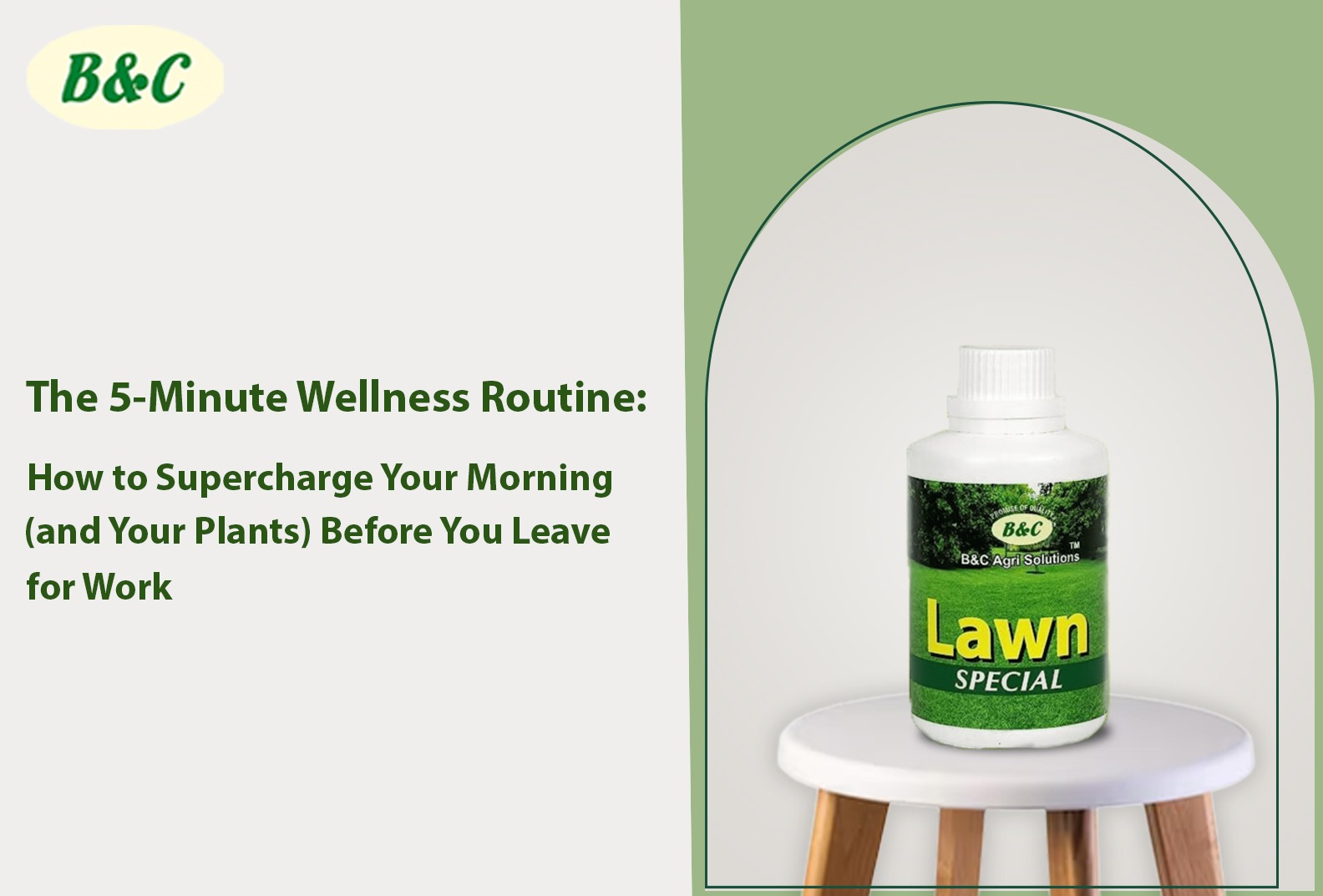
 vitachatorganic
vitachatorganic